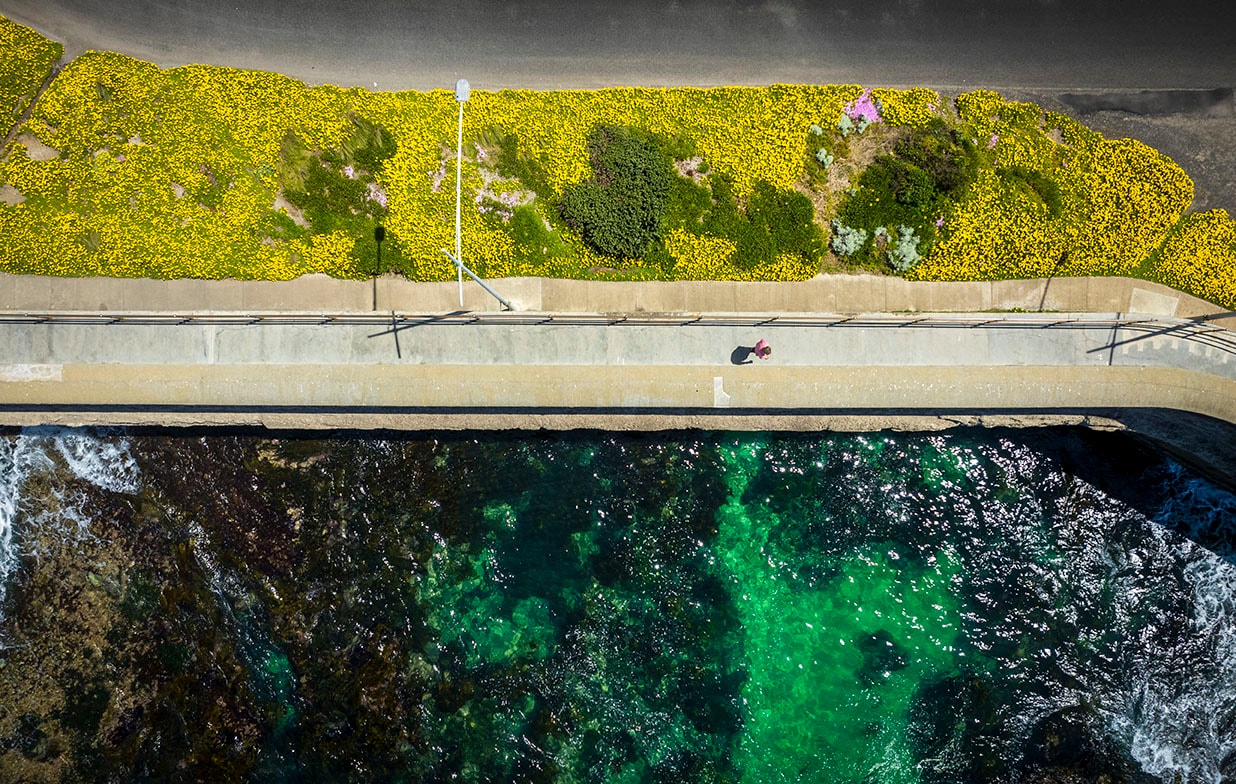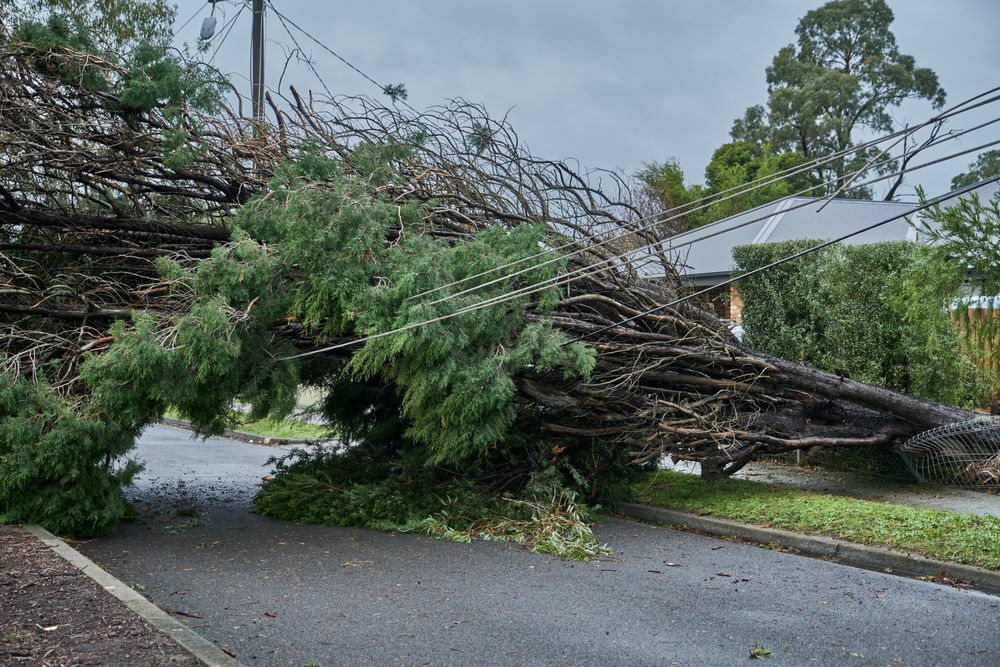Towards 2050

Gas infrastructure in a net zero emissions economy
This report looks at the future of gas infrastructure as Victoria moves to net zero emissions by 2050.
At the request of the government, we explore scenarios to help Victoria make the most of its gas infrastructure and future changes.
We have 11 recommendations for the Victorian Government. These aim to reduce emissions, manage risk, lower cost and create jobs and opportunities.
Key findings
- The Victorian Government needs to take quick and continuous action to help the gas sector in Victoria reach zero emissions by 2050. They should support energy efficiency, targeted electrification, hydrogen and biogas.
- If we want to reduce climate change risks and move to a clean economy, we must act now to change the gas sector.
- The challenge over 10 years is to reduce emissions using energy efficiency and bioenergy. In the future, we will have to get ready for even more reductions. In the 2030s, we will see if new technologies, such as hydrogen and carbon capture, work well. We also need the electricity market to be cleaner.
- We need to invest in making homes, businesses, and industries more energy efficient until 2040. This will provide enough gas for important things like manufacturing and electricity.
- Victoria's gas assets can be used for low emissions technologies but we need to assess them and solve logistical challenges. Victoria can create more jobs and increase exports by planning and investing in decarbonisation.
- Some gas infrastructure might close by 2050. Others reconfigured for hydrogen, bioenergy and carbon capture.
Recommendations
- Conduct regional strategic planning and trials for a diverse, decentralised low or zero emissions gas supply in Victoria.
- Scale up biogas and biomethane production for energy supply.
- Fast-track development of Victoria’s green hydrogen industry.
- Develop a roadmap to repurpose existing upstream gas assets and facilities.
- Drive sustained expansion and uptake of energy efficiency and targeted electrification programs contributing to Victoria’s emissions reduction targets and reduced natural gas use, with changing targets over time.
- Manage equity impacts of the transition to net zero.
- Remove barriers to all-electric developments so gas connections are not the default, and prepare for increased electrification of transport and buildings in the future.
- Invest in statewide communication, education, training and behaviour change programs.
- Review natural gas use in all Victorian Government operations and develop plans to achieve Victoria’s emissions reduction targets.
- Align Victorian Government gas policy and regulations with the legislated commitment to net zero emissions by 2050.
- Improve data collection and availability on energy use and energy-related emissions to assist planning of emissions reduction measures and review of progress.
Supporting documents
- File format and size
- PDF • 10MB
Download - Topics
- Type
- Advice to government
- Published
- 2022







